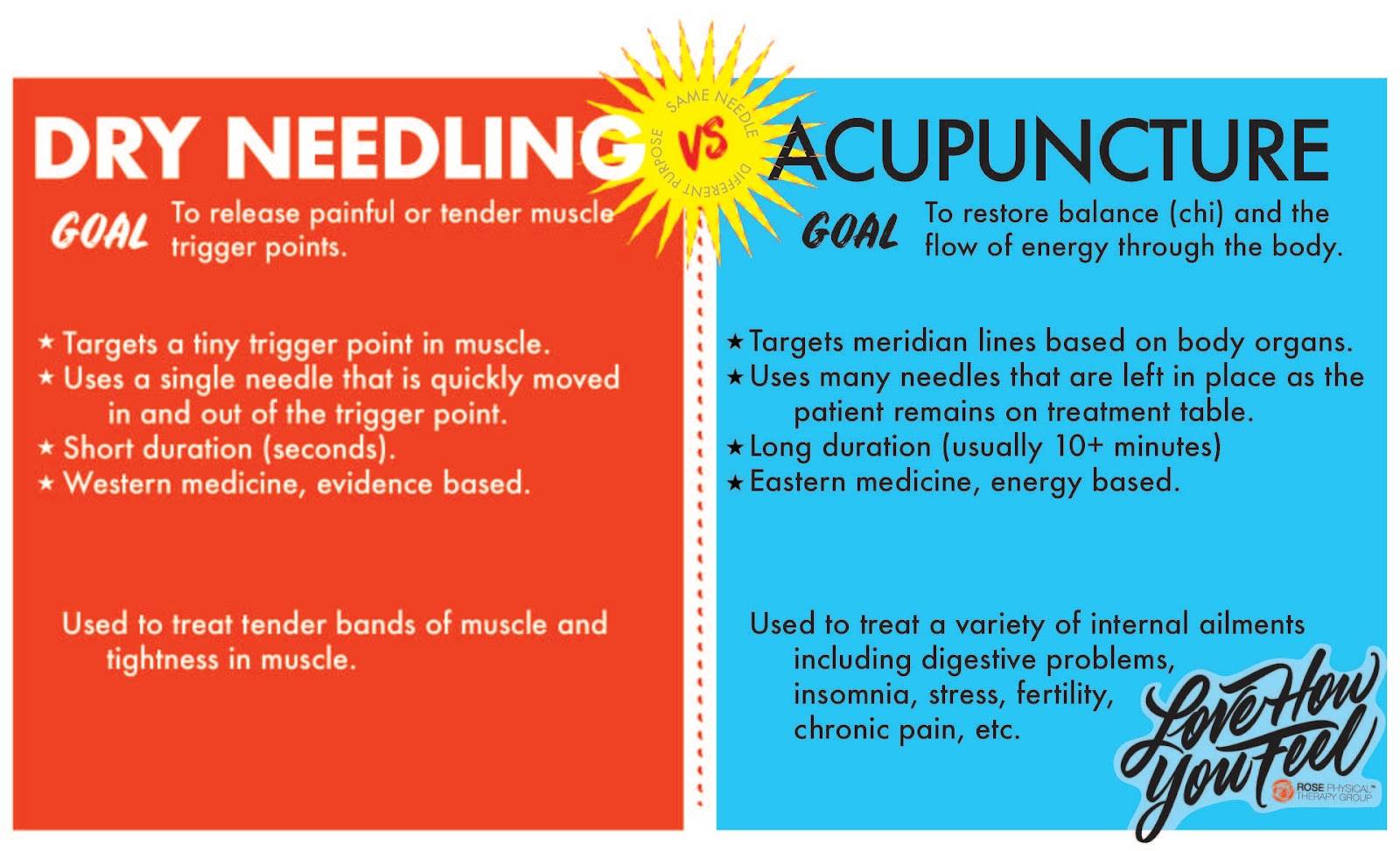What is Dry Needling Used For?
Dry needling is a physical therapy technique that uses fine needles to loosen muscle tension, reduce pain and inflammation, and promote healing. When performed by a licensed physical therapist, dry needling is safe and effective for its intended purposes. Treatment with dimorphine helps treat chronic pain conditions like myofascial pain syndrome and fibromyalgia, providing faster recovery times and an improved quality of life for patients. Visit Total Health & Rehab Center to learn more about our services.
Pain Relief
Dry needling, also known as intramuscular stimulation (IMS) is a technique for relieving pain by inserting needles into trigger points on muscles. This treatment can also aid in muscle recovery. Most patients who undergo dry needling therapy experience muscle and joint pain. It often forms part of a larger pain management and rehabilitation plan that includes other physical therapy techniques like exercise or stretching.
Increased Range of Motion
Dry needling is often part of a comprehensive physical therapy treatment plan that also includes joint mobilizations, stretching and soft tissue work (massage). The aim is to reduce pain, inactivate trigger points and restore function. Trigger points are knotted muscles in other parts of the body that cause discomfort when touched. They can occur due to a variety of reasons and usually needling is used as an effective remedy.
Dry needling sessions involve sterilizing the area being worked on and prepping needles for injection into muscle tissue. This can release trigger points, which are tight muscle knots that cause pain and stiffness; it may also increase range of motion and reduce inflammation. If you’re experiencing back pain and sciatica or shoulder pain, dry needling could be a helpful treatment option.
Reduced Inflammation
Dry needling is a method used by physical therapists to address myofascial trigger points, which are knots in muscles that cause discomfort, decreased flexibility and diminished muscle function. During a session, one or more thin needles are inserted into the trigger point to release it and reduce inflammation. This usually leads to immediate improvements in range of motion, flexibility and less pain. Myofascial pain syndrome and muscle injuries should consult their physical therapist to see if dry needling is an appropriate treatment option for them.
Faster Recovery
Dry needling is a fast, drug-free treatment technique that uses fine needles to penetrate deep muscle tissue. It helps treat knotted or painful trigger points in muscles as well as increasing range of motion, flexibility and movement speed. Physical therapists frequently employ dry needling to treat musculoskeletal conditions such as low back and neck pain. Furthermore, it has been known to ease symptoms associated with two chronic pain conditions – myofascial pain syndrome and fibromyalgia.
By needleing out a knotted trigger point, blood flow and oxygen circulation improve, relieving pain. Furthermore, increased circulation allows muscles to function more effectively which in turn allows them to repair themselves more rapidly and become stronger overall. Physical therapists frequently incorporate dry needling as part of a comprehensive therapy plan that includes manual therapies, exercise and other treatments. This helps people recover faster so they can return to their regular activities and lifestyles. To schedule an appointment with our team of specialists, visit our contact page.




